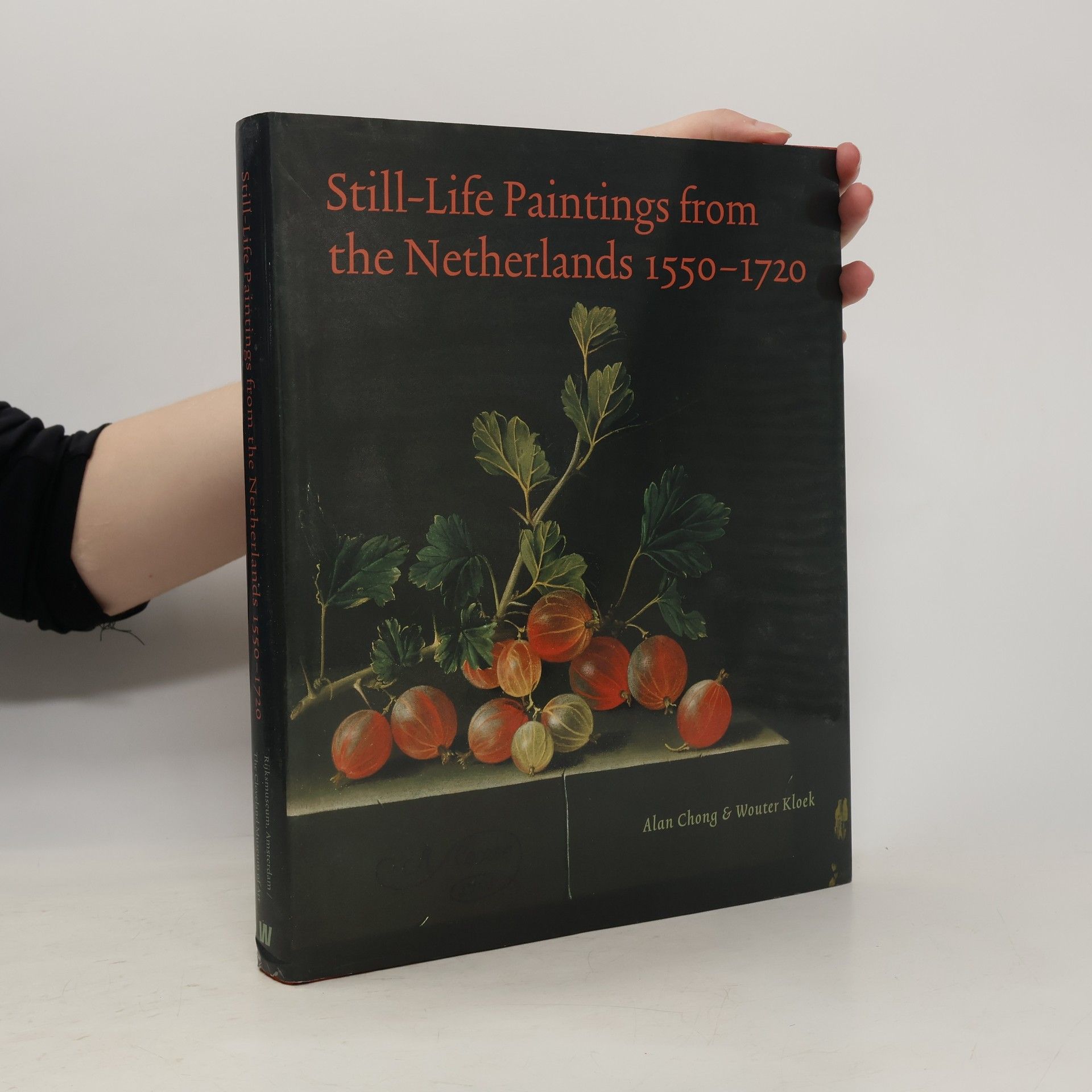Still-life paintings from the Netherlands, 1550-1720
- 319pagine
- 12 ore di lettura



Situated between Western Europe and the civilizations of Byzantium and the Islamic world, Renaissance Venice was uniquely positioned at the crossroads of East and West. In the beautiful Adriatic city, ideas and aesthetics were exchanged and developed in a remarkable age of cultural fusion. Venice’s distinctive architecture is already well known for integrating divergent cultural influences, but the impact of this synthesis on Venetian painting has not been fully explored. This gorgeous book focuses on the work of the remarkable Bellini family of painters—Jacopo and his sons Gentile and Giovanni—who transformed Venetian painting in the fifteenth and early sixteenth centuries.The authors examine the influence of Venetian trade with the East on Bellini paintings; the Byzantine influence on Venetian art; the impact of a visit to Mehmed II’s court in 1479 on Gentile Bellini, as well as his effect on Eastern-trained artists there; and much more. The book is abundantly illustrated with the Bellini family’s paintings and examples of the Eastern objects that inspired them.
Focusing on the evolution and impact of the S. Rajaratnam School of International Studies, this book highlights its role as a key think tank in Singapore’s approach to Asia-Pacific security and policy-making. Established in 1996, RSIS has been pivotal in addressing security challenges, counter-terrorism, and fostering inter-religious dialogue. Contributions from prominent figures reflect on the school's history and its vision for the future, emphasizing its significance in shaping Singapore's national security strategies and intellectual discourse in the region.